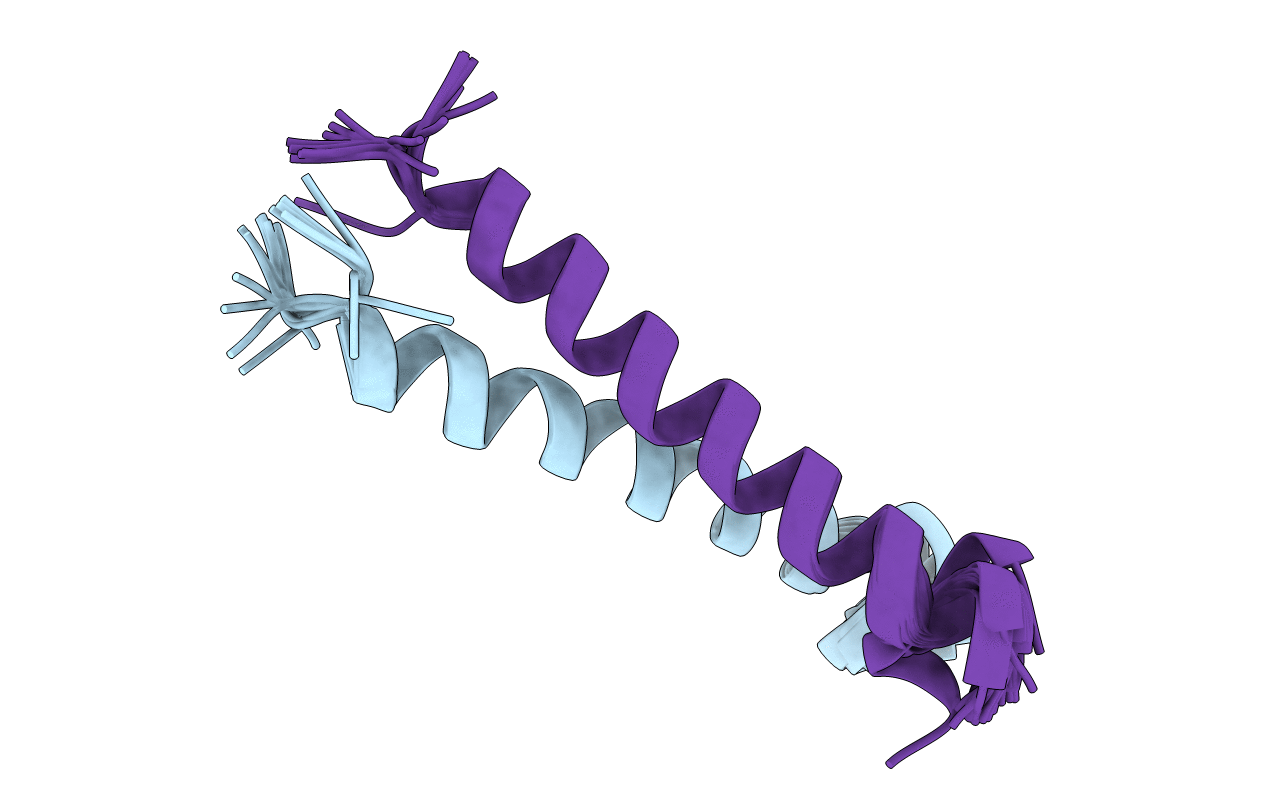
Deposition Date
2009-10-13
Release Date
2010-09-22
Last Version Date
2024-05-01
Entry Detail
PDB ID:
2KPE
Keywords:
Title:
Refined structure of Glycophorin A transmembrane segment dimer in DPC micelles
Biological Source:
Source Organism:
Homo sapiens (Taxon ID: 9606)
Host Organism:
Method Details:
Experimental Method:
Conformers Calculated:
200
Conformers Submitted:
20
Selection Criteria:
target function


